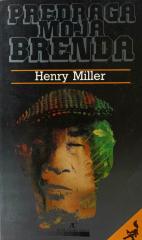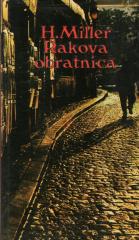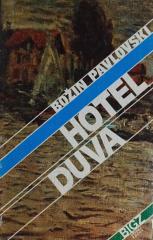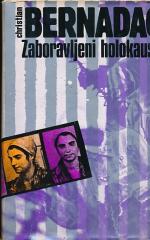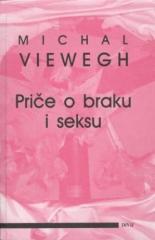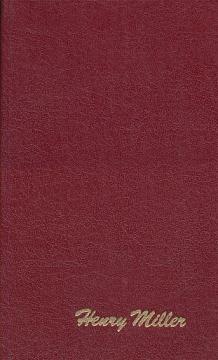
Ružičasto raspeće I: Sexus
Sexus (1949) is part of the Rosy Crucifixion trilogy, in which, with less intensity than in his most famous works published in Paris in the 1930s, his rebellion against a dull and hypocritical America is sublimated.
Sexus, the first part of Henry Miller's Rosenkreuzer trilogy, published in 1949, is known for its explicit sexuality, philosophical reflections, and autobiographical elements. The novel explores freedom, passion, and the artistic quest.
The plot follows the protagonist, Miller's alter ego, in New York in the 1920s and 1930s. He is a writer facing financial problems, an unhappy marriage to Maude, and an obsessive love affair with Mara, an enigmatic woman inspired by Miller's mistress June Mansfield. Mara becomes the focus of his emotional and sexual obsession. The novel details their erotic encounters, interspersed with introspective monologues about art, love, and social norms.
Miller's style is raw, poetic, and associative, often veering into surrealist digressions. The novel deals with the conflict between conformity and individual freedom, as the protagonist searches for meaning through art and physical passion. Because of its explicit language and sexual descriptions, Sexus was controversial and banned in some countries.
Sexus is not just a story about lust, but a deep meditation on existence, creativity and liberation from social shackles. Without a clear denouement, the novel announces the continuation of the trilogy, leaving the reader in anticipation of further events.
One copy is available

